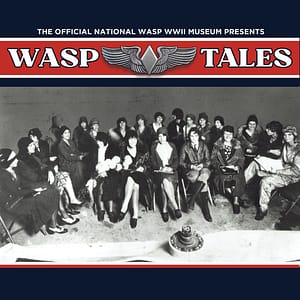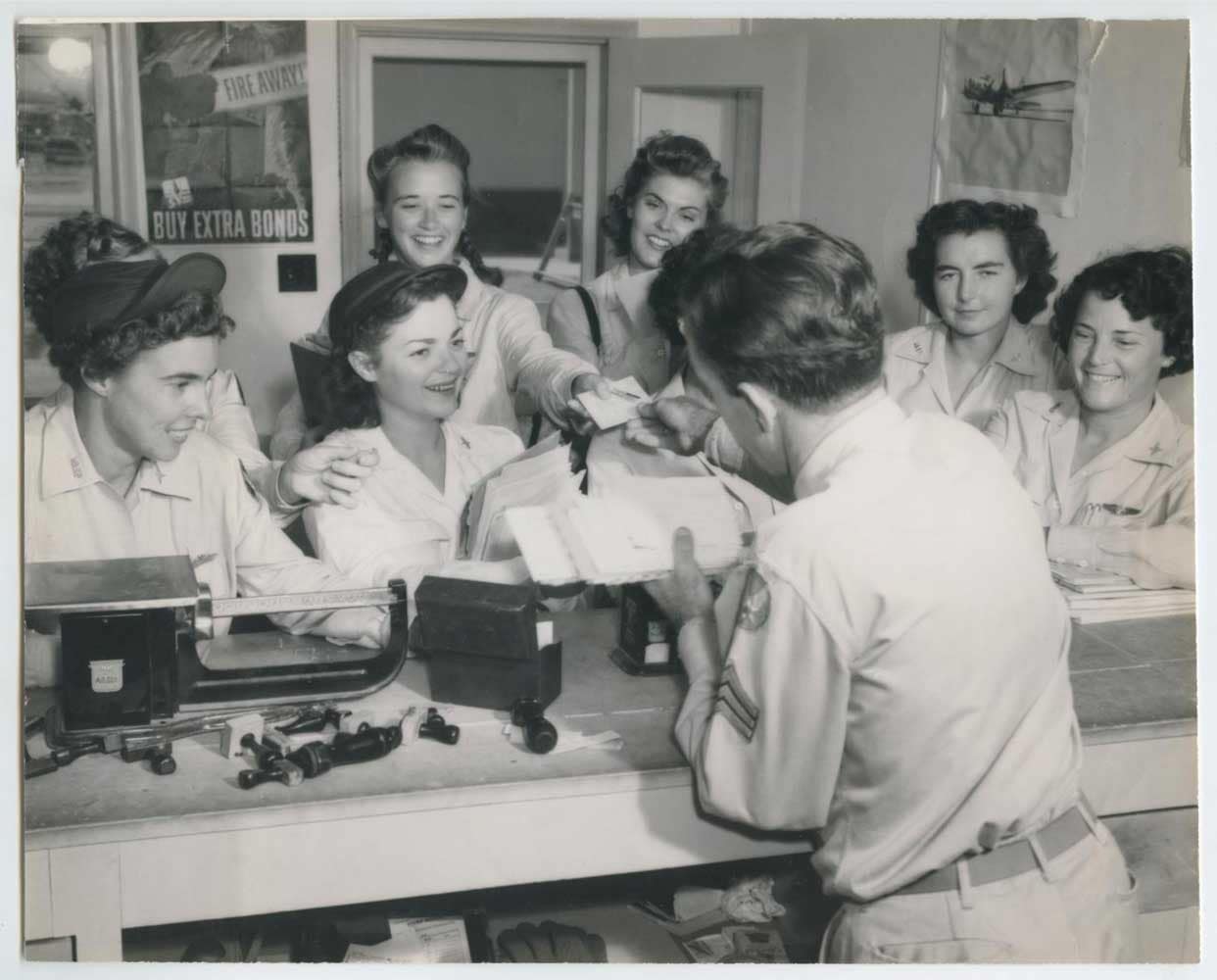
The Summer 2024 Newsletter is here!
Happy Summer! Keep updated with the latest news, articles, and events at the WASP WWII Museum by reading our monthly newsletters. Subscribe to our mailing list to get exclusive WASP

Happy Summer! Keep updated with the latest news, articles, and events at the WASP WWII Museum by reading our monthly newsletters. Subscribe to our mailing list to get exclusive WASP

Elise Raymonde Deroche was born in 1882 in Paris, France. As a child, her interest in sports began, and later, she developed a fondness for motorcycles, automobiles, and ballooning. As

On December 7, 1944, the Commanding General of the USAAF, Henry ‘Hap’ Arnold, addressed Class 44-W-10, the very last graduating class of WASP. During the course of his address General

On an extraordinary day in March of 2010, I stood before the steps of the U.S. Capitol, admiring the majestic beauty of its immediately familiar white dome rising over 285

In November 1942 the very first class of the WFTD (Women’s Flying Training Detachment) Class 43-W-1, arrived in Houston where they trained at Houston Municipal Airport (briefly called Howard Hughes

To simply say that American women played a critical role as ‘weapons’ in the war effort during World War II, would be a drastic understatement. To put that in context,

When recalling the names of pioneering innovators who made their mark within the aviation industry and advocated for airpower during World War II, Russian-born émigré Alexander de Seversky may not

As the WASP performed a great variety of duties outside of ferrying missions, many of the women in the WFTD Training Command were selected for classified, high-risk flight operations. One

Merry Christmas & Happy Holidays! Keep up to date with the latest news, articles, and events at the WASP WWII Museum. To read, download the Winter 2023 Newsletter here.

Subscribe to our newsletter to stay in the know and keep up to date with upcoming events.